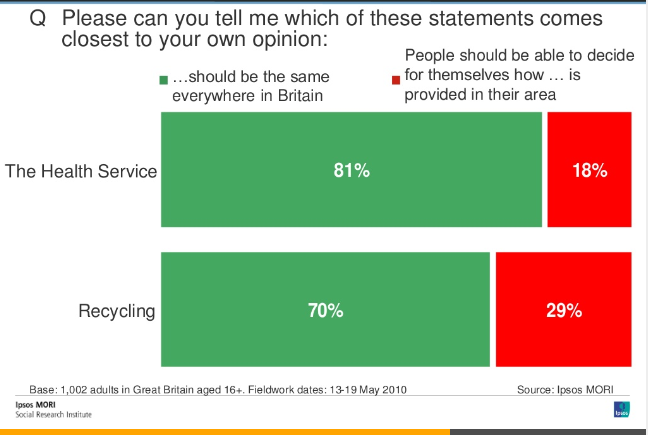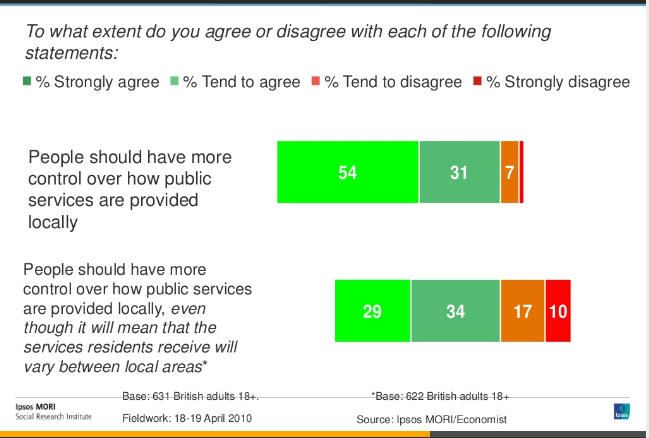
Image by John Stratford via Creative Commons
Since 2016, local authorities have been allowed to invest the proceeds of assets sold by April 2019 (now extended to 2021-22) into transforming frontline services, something they were previously prohibited from doing. Following years of austerity and the extent of recent government funding cuts, it is not surprising that councils have used such money in this way.
However, the rate at which such assets are being sold has raised concerns over the potential loss of publicly-owned buildings and spaces. Earlier this year, coinciding with the launch of their Save our Spaces campaign, Locality highlighted that on average more than 4,000 publicly owned buildings and spaces in England are being sold off every year – “more than four times the number of Starbucks in the UK.”
‘Financial predicament’
This year’s National Audit Office (NAO) report on the financial sustainability of councils highlights the financial predicament facing councils across the country. While it notes that the sector has done well to manage substantial funding cuts since 2010-11, financial pressure has increased markedly since 2014. In real terms, there has been a reduction in government funding of 49.1% since 2010, representing a reduction in local government spending power of 28.6%.
These cuts are coupled with rising demand for services and other cost pressures. For example, demand has increased for homelessness services and adult and children’s social care. The NAO highlights that from 2010-11 to 2016-17:
- the number of households assessed as homeless and entitled to temporary accommodation under the statutory homeless duty increased by 33.9%;
- the number of looked-after children grew by 10.9%; and
- the estimated number of people in need of care aged 65 and over increased by 14.3%.
Other cost pressures have included higher national insurance contributions, the apprenticeship levy and the National Living Wage.
It is perhaps no shock that Northamptonshire county council became the first local authority since 1998 to be issued with a section 114 notice earlier this year, indicating it was unable to balance its books and at risk of being unable to set a legal budget for 2018/19. Nor is it indeed a shock that the NAO have identified other councils that are in danger of following suit in the next three years.
Despite this dire financial situation, it seems worse is to come. It has been recently announced that local services are to face a further £1.3bn cut in government funding in 2019/20. The revenue support grant, the main source of government funding for local services, will be cut by 36% next year – “the largest annual deduction in almost a decade”.
While the 2018 Budget has made provision for extra funding for adult social care, recent analysis suggests this falls short of what is needed to plug the projected funding gap.
Plugging the gap
In a desperate bid to raise finances, councils have been trying to find alternative income streams. A growing reliance on the use of reserves to offset funding reductions is an approach highlighted as unsustainable by the NAO. Most councils plan to increase or introduce charges for various services and many have also been making use of the government’s flexibility offer of using capital receipts to make improvements to services.
According to the NAO, in the year to April 2017, £118.5m of such capital receipts were used in this way. Locality has reported that the rate of asset sales has been consistently high for the last five years, with an average of 4,131 publicly owned buildings and spaces being sold off each year. Many councils are hoping to sell off their historic town halls to save much needed money. But it’s not just buildings that are under threat; council-owned parks and other land are also at risk. A recent parks survey, published by the Association for Public Service Excellence (APSE), found that 85% of councils surveyed expect a cut in parks and green space funding in the next year. In January, Knowsley council voted to go ahead with proposals to sell 10% of its parkland to fund the running of its remaining parks, since funding for its green spaces is to end in March 2019.
Locality warns that selling such assets on the open market could result in them being lost to the community forever as they have no real influence over what they will be used for; and could potentially lead to social, economic and environmental decline.
Indeed, concerns have been raised over the programme of disposing of council assets by Norfolk County Council, which has recently been reported to be looking to save £10m by selling its assets.
Locality suggests that community ownership is the answer to saving such assets under threat. Community Asset Transfer, set up in 2003, enables councils to sell assets to community organisations at below market rates in return for demonstrable community benefit.
In a bid to increase affordable housing supply, for example, Leicester City Council has sold council land worth more than £5m for less than £10 as part of deals with housing associations. However, the Locality report shows that less than half of councils have a Community Asset Transfer policy. It also notes that while community ownership is a ‘powerful alternative’ to losing public buildings and spaces, it is not straight forward, and community organisations face a number of barriers, including:
- funding;
- lack of expertise;
- limited time; and
- a lack of clear process.
With 95% of councils surveyed expecting the sell-off of publicly owned buildings and spaces to play an increasingly important role in the next five years, it is surely paramount that something is done to protect important community assets from being lost.
Way forward
Locality has called for the government to create a Community Ownership Fund and for a change in legislation to make it easier for community organisations to gain control of such assets.
Or perhaps councils could follow the example of others who, instead of selling their assets, are using them to generate revenue. Lewisham Council for example, is planning to raise £500k through hosting large commercial events in its parks.
Whatever route local authorities take, it remains to be seen if others will follow in the footsteps of Northamptonshire or succeed in counteracting continuing cuts to maintain services and balance budgets; and indeed protect important community assets.
If you enjoyed reading this you may also like our previous blogs on the civic use of heritage assets and the value of green spaces.
Follow us on Twitter to discover which topics are interesting our research team.




You must be logged in to post a comment.